Commentary on a Work of Art as a Reader’s Practice: from Text to Activity (Paper Two)
Author(s)
Romanicheva Elena Stanislavovna
Candidate of Sciences (Pedagoogy), Associate Professor, Leading Researcher at the Laboratory of Sociocultural Educational Practices, ORCID: https://orcid.org/0000-0003-2649-3715, Institute of System Projects, Moscow City Pedagogical University
4 - 2 Selskokhozyaistvennyi Proyezd, Moscow, Russia, 129226, tel.: +7(499)1812133, e-mail: This email address is being protected from spambots. You need JavaScript enabled to view it.
Abstract.
Introduction to the paper outlines its goal which is interpreted as a substantiation of an avenue for solving the problem of mastering (reading and studying) the corpus of texts that make up the school Canon through the practice of their independent commenting.
Materials and methods. The methods of questioning students, analysis of methodological literature, participant observation of pedagogical practice and analysis of text commenting practices available in modern publications for adolescents are used to substantiate the proposed way. After a short excursion into the history of literary education, the “types” of reading that were used by domestic methodologists implementing different approaches to teaching literature (and language) are identified. The paper shows that the main focus of the Russian school was not a mandatory list of texts to be read and studied, but the approach to studying the literary text. The progress and results of the study are presented in the text of the paper after a historical review. The study states that in today’s sociocultural situation, when the vast majority of students are not ready to master classical texts on their own (this is evidenced by professional discussions and answers to survey questions), reading with teacher should be included in the class activity. This reading is organized as a collective-distributed work with text, during which the students learn to track their understanding, referring to different sources, to make a reader’s commentary prior to the analytical work with the text. By way of illustration of such a successful practice, the work of the Moscow teacher of literature R. I. Zandman is described. Based on the thesis that further development of the methodology is possible only in an interdisciplinary context, the paper shows how to organize the work on the reader’s commenting on texts that are not included in the school curriculum but are part of the domestic teenage literary canon. It also acquaints readers with the experience of successful publishing practice of Ilya Bernstein (publishing project “A and B”), which involved students. The paper shows in what conditions and why commenting on an artistic text becomes not an educational task but an educational objective, the accomplishment of which takes students “beyond the walls of the classroom”, and is implemented in educational and project activities. In conclusion, the paper states that the successful reader’s practices of text commenting, which are implemented in the framework of the activity approach (the paper describes only two of them) are another convincing argument in favor of the fact that the content of school literary education should be based on the text (reading and writing) activities of the student, not on the list of books to be read. Description of new effective reader’s practices is the first step to a significant update of methods of teaching literature.
Keywords: commentary, reader’s practice, classical text, lexical work, active reading, educational task, activity, methods of teaching literature.
For citation: Romanycheva E. S. Commentary on a Work of Art as a Reader’s Practice: from Text to Activity (Paper Two). Pedagogicheskiy IMIDZH = Pedagogical IMAGE. 2019; 13(3): 333-347. DOI: 10.32343/2409-5052-2019-13-3-333-347
UDС: 371.332
DOI: DOI: 10.32343/2409-5052-2019-13-3-333-347






